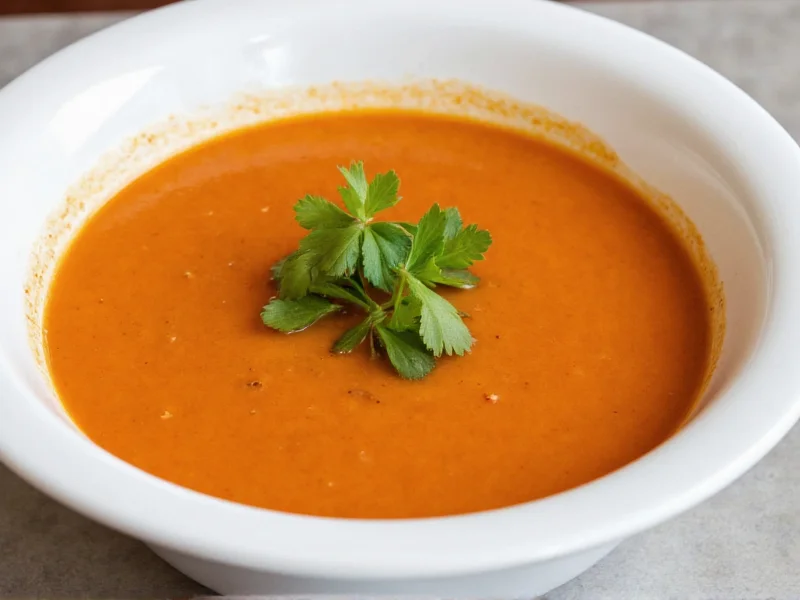Understanding Soup Base Fundamentals
When exploring homemade vegetable soup base options or commercial alternatives, it's essential to understand what makes a quality foundation for your culinary creations. Soup bases differ from finished soups in that they're concentrated preparations designed to be diluted and enhanced with additional ingredients.
Professional chefs and home cooks alike rely on soup bases to create consistent flavor profiles while saving preparation time. Whether you're making a simple weeknight dinner or an elaborate holiday meal, having a reliable soup base in your repertoire elevates your cooking significantly.
Types of Soup Bases Explained
Soup bases come in various forms, each with distinct characteristics and best uses:
| Type | Preparation Method | Best For | Shelf Life |
|---|---|---|---|
| Stock | Bones simmered 4-12 hours | Rich sauces, gravies | 3-4 days refrigerated |
| Broth | Meat/vegetables 1-2 hours | Finished soups, stews | 4-5 days refrigerated |
| Consommé | Clarified stock | Elegant presentations | 2-3 days refrigerated |
| Concentrate | Reduced liquid | Storage, versatility | 6+ months frozen |
Homemade vs Commercial Soup Bases
Creating beef soup base from scratch allows complete control over ingredients and flavor profile. Homemade versions typically contain no preservatives or artificial additives, making them preferable for health-conscious cooks. The process involves simmering bones, meat scraps, and aromatic vegetables to extract maximum flavor and collagen.
Commercial soup bases offer convenience but vary widely in quality. When selecting store-bought options, read labels carefully to avoid excessive sodium, artificial flavors, and MSG if you prefer natural ingredients. The best soup base for chicken soup commercially should list recognizable ingredients and minimal additives.
Mastering Homemade Soup Base Preparation
Follow these professional techniques for superior homemade soup bases:
Vegetable Soup Base Method
For an exceptional homemade vegetable soup base, combine equal parts onions, carrots, and celery (mirepoix) with garlic, leeks, and parsley stems. Roast at 400°F for 30 minutes to deepen flavors before adding to your stockpot with water and simmering for 1-2 hours. Avoid bitter vegetables like Brussels sprouts that can overpower delicate flavors.
Meat-Based Soup Base Technique
For meat-based bases, start by roasting bones until deeply browned. Add tomato paste and cook until brick red, which builds complex flavor compounds. Deglaze with wine before adding water. Simmer chicken bones 4-6 hours, beef bones 8-12 hours, and fish bones just 30-45 minutes to extract optimal flavor without bitterness.
Practical Applications in Cooking
Understanding how to use soup base properly transforms your cooking. When using soup base in sauces, remember that concentrated bases need proper dilution—typically 1 part base to 3-4 parts water. For risotto, replace half the cooking liquid with warm soup base for enhanced flavor without overwhelming the dish.
Chefs often use soup bases as flavor boosters in unexpected applications: deglazing pans for pan sauces, cooking grains, or even as a braising liquid for proteins. The vegetable broth vs soup base distinction matters here—concentrated bases provide more intense flavor in smaller quantities.
Storage and Preservation Methods
Proper storage maintains your soup base quality. Cool bases rapidly by placing the pot in an ice bath before refrigerating. For longer storage, freeze in portion-sized containers or ice cube trays for convenient single-use amounts. Once frozen, transfer cubes to labeled freezer bags with the date and type.
When stored properly, homemade soup bases maintain peak quality for 4-6 months in the freezer. Commercial concentrates typically have longer shelf lives but check expiration dates. Always label containers with contents and date to avoid confusion later.
Avoiding Common Soup Base Mistakes
Many home cooks make these critical errors with soup bases:
- Over-salting during preparation (season at the end of cooking)
- Boiling vigorously instead of gentle simmering
- Adding all ingredients at once rather than in stages
- Using poor quality water that affects final flavor
- Skipping the skimming step for clear bases
For those seeking low sodium soup base alternatives, try reducing salt by half during preparation and enhancing flavor with additional herbs, lemon zest, or umami-rich ingredients like dried mushrooms.











 浙公网安备
33010002000092号
浙公网安备
33010002000092号 浙B2-20120091-4
浙B2-20120091-4